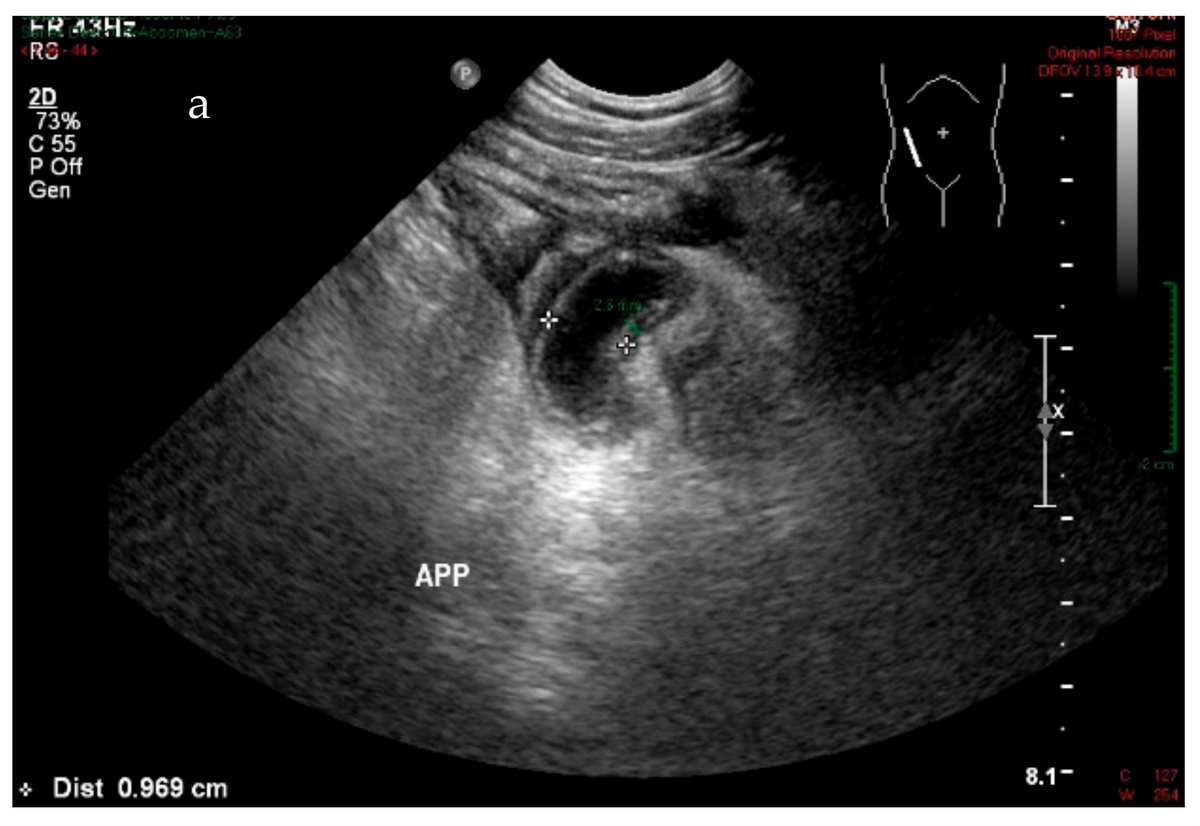Acute Appendicitis Options

Several options are available to doctors who suspect acute appendicitis. Surgical delay for uncomplicated acute appendicitis, antibiotic management, and laparoscopic appendectomy are discussed. Also discussed are possible complications of delayed appendectomy and risks of surgical procedures. Surgical delay for acute appendicitis is sometimes advised to avoid the risk of infection. This approach is not always appropriate, however.
Laparoscopic appendectomy for uncomplicated acute appendicitis
A single-port laparoscopic appendectomy is a minimally invasive procedure performed in several countries. However, there is still room for improvement in the conventional multiple-port approach. Laparoscopic appendectomy produces only a 1-cm transumbilical incision, meaning there is little or no pain or recovery time. It is also less traumatic and involves less scarring.
Outpatient laparoscopic appendectomy for appendix abscess
Laparoscopic appendectomy is an outpatient surgical procedure in which the infected appendix is removed through small incisions in the abdomen. The abdomen is washed during the procedure, and a small tube may be left in the belly to drain the fluid and pus. The patient generally goes home a day or two after the surgery and usually returns to normal activities within two to four weeks.
Surgical delay for uncomplicated acute appendicitis
Several guidelines do not offer specific recommendations on the timing of appendectomy, but two of them do. These guidelines based their recommendations on five studies and a meta-analysis of unadjusted data. The studies found no significant difference in the incidence of complicated appendicitis between groups that underwent different treatment protocols. A 2016 World Society of Emergency Surgery guideline suggests an in-hospital delay of 12 to 24 hours is generally safe for uncomplicated acute appendicitis.
Outpatient antibiotic management for uncomplicated acute appendicitis
Although appendectomy remains the standard treatment for acute bacterial appendicitis, advances in diagnostic imaging and antibiotics have made this treatment option more selective. Abdominal computed tomography imaging reliably establishes the diagnosis and determines the severity of the disease. This increased preoperative diagnostic capability also allowed trials of antibiotic-only treatment. Several recent randomized controlled trials support the feasibility of antibiotic-only treatment. However, the studies were not conducted with adequate follow-up or sufficient sample size to conclude.
Comparison of stump closure methods
A review of previous research on surgical techniques for stump closure showed that anastomotic stump closure was the most time-consuming. In the present study, it was the longest stump closure technique. However, this result was only statistically significant if the glue-based method was excluded. Furthermore, sensitivity analyses showed that anastomotic stump closure was more effective than patch closure in 92 percent of comparisons.




